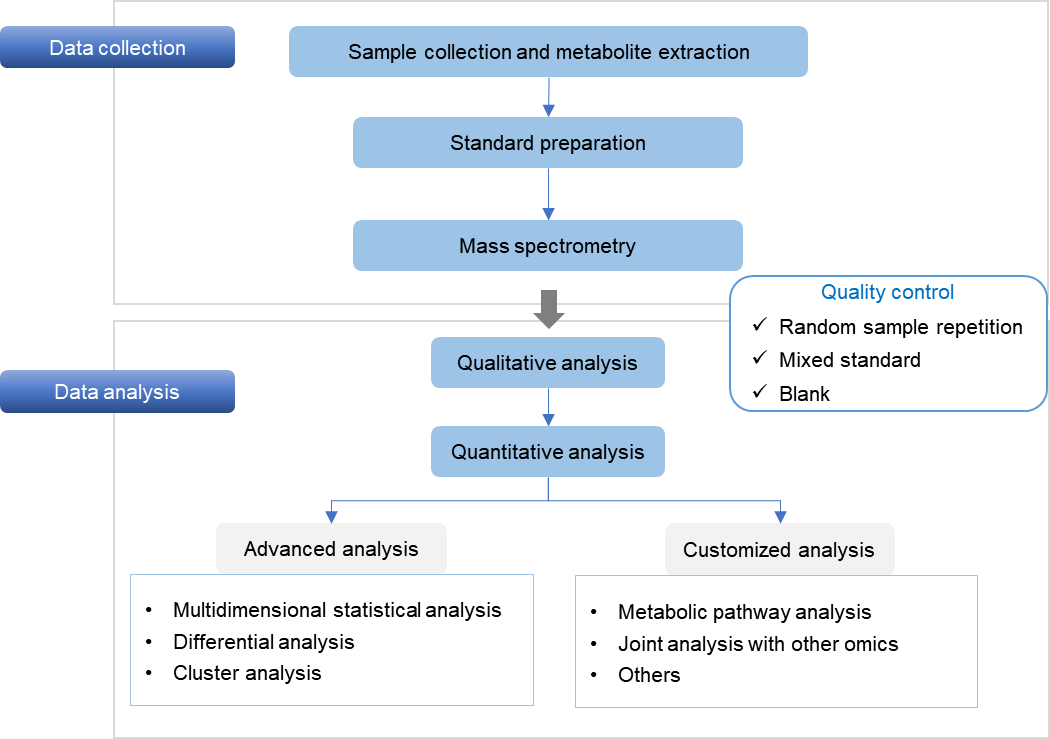Ricin is a phytotoxin derived from castor beans. Ricin is highly toxic, and there is currently no specific antidote and preventive vaccine. To better assist in the detection of ricin and to facilitate the progress of related medical research, v-innovate Technologies provides ricin targeting analysis services.
Ricin is a ribosome-inactivating protein, a type II inhibitor of ribosomal activity, consisting of two peptide chains, A and B (RTA and RTB), covalently linked by disulfide bonds. RTB binds to glycoproteins or glycolipids on the surface of target cells, mediating endocytosis of the toxin into the cell and along the reverse transport pathway into the endoplasmic reticulum, reducing the release of RTA into the cytoplasm. In the cytoplasm RTA produces cytotoxicity by inhibiting protein synthesis through its RNA ribonuclease activity. In addition to protein synthesis inhibition, ricin also induces apoptosis, cytokine release and peroxidation. The toxin is prone to damage parenchymal organs such as liver and kidney, causing hemorrhage, degeneration and necrosis. It can agglutinate and lyse red blood cells, inhibit paralysis of cardiovascular and respiratory centers thus leading to death.
Ricin is characterized by low preparation cost, stable nature, multiple poisoning pathways and no specific antidote. Because of its extreme toxicity, it poses a serious threat to public safety as a biological warfare agent and terrorist agent. v-innovate Technologies has a UPLC-MS technology platform that enables qualitative and quantitative detection of ricin.
 Ricin's structure
Ricin's structure

In order to ensure the accuracy of the samples and reduce systematic errors during sampling, it is necessary to select more than 3 materials with the same condition for each sample. It is recommended that prepare more than 6 biological replicates.
We can also accept other samples. Please contact the technical staff for the specific sample size required.
Turnaround time: About 1-4 weeks.
